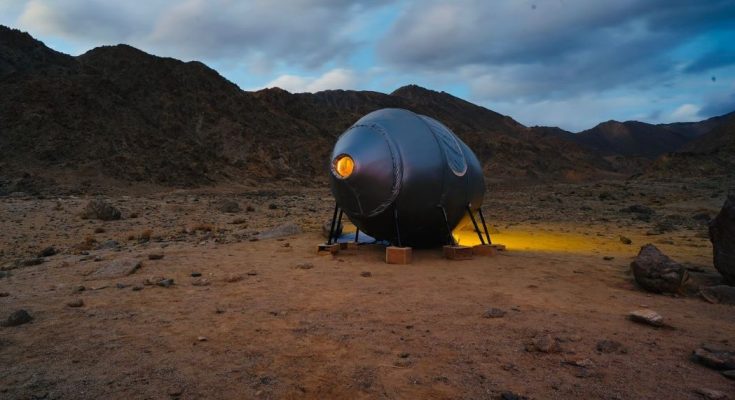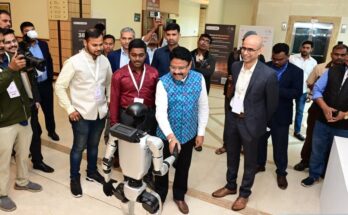First Analog Space Mission: Indian Space Research Organisation (ISRO) has started the country’s first analog space mission at Leh in Ladakh, where space agency will simulate life in an interplanetary habitat. The move assumes significance as India is planning to send a human to the Moon in the near future.
Analog space missions are field tests in locations on Earth that have physical similarities to the extreme space environments and play a significant role in problem solving for spaceflight research.
Ladakh has been chosen for such a mission as the geographical features of the area – dry and cold climate, barren land, high-altitude terrain and extreme isolation – are considered to closely resemble Martian and lunar landscapes.
The month-long mission comes in the wake of India’s plans to set up lunar habitats, which could provide a base to launch interplanetary missions.
The mission includes a compact, inflatable habitat named Hab-1, which is equipped with essentials like a hydroponics farm, kitchen, and sanitation facilities. It provides a self-sustaining environment, offering valuable data as India is planning long-duration space missions to the Moon, Mars, and beyond.
In a post on social media, ISRO said, analog space mission at Leh is a collaborative effort by Human Spaceflight Centre, ISRO, AAKA Space Studio, University of Ladakh, IIT Bombay, and supported by Ladakh Autonomous Hill Development Council.
Lying at an elevation over 3,000 metres above sea level, Ladakh has oxygen levels only 40 percent of those at sea level. The low-pressure and low-oxygen setting allows researchers to evaluate life support systems under conditions similar to those on Mars.




